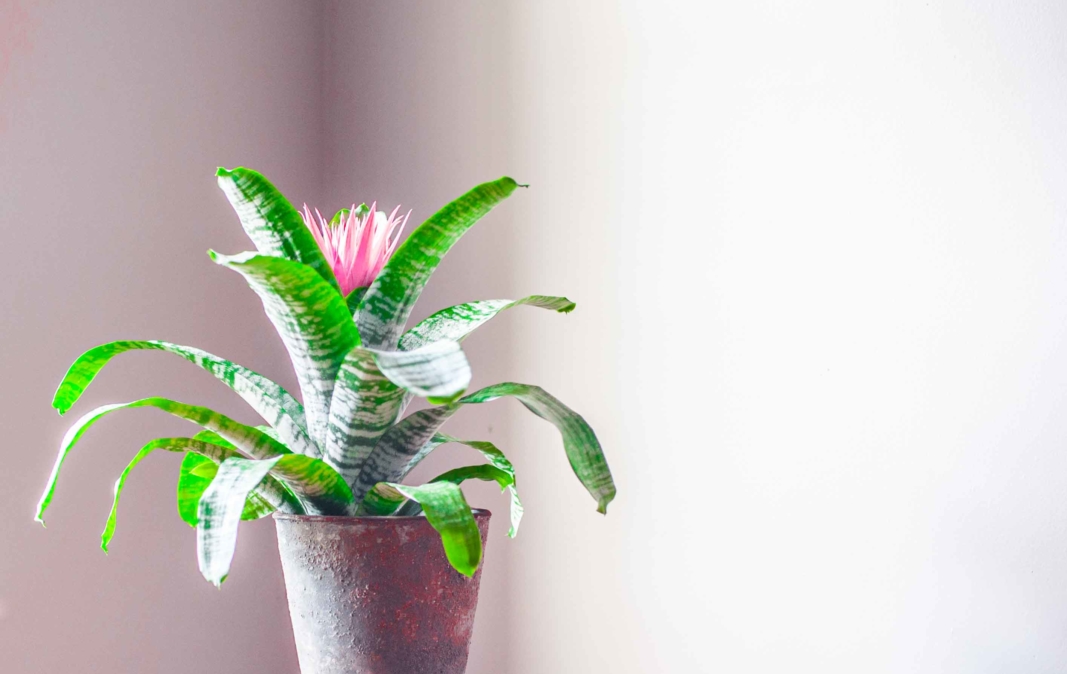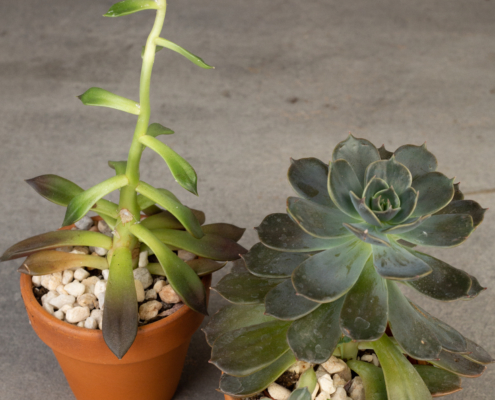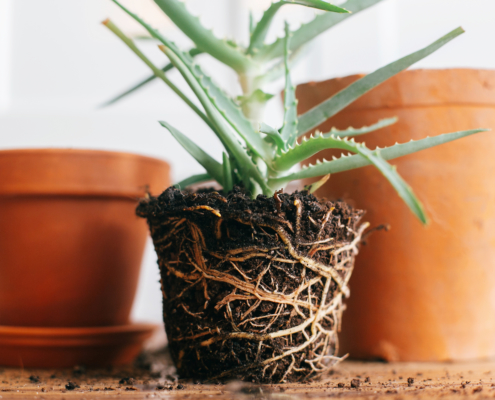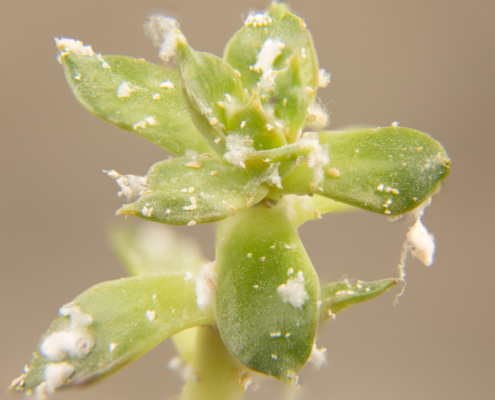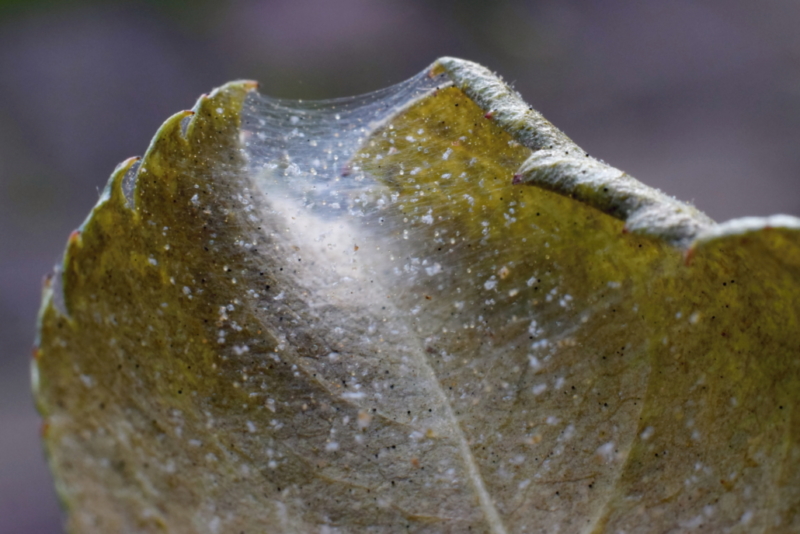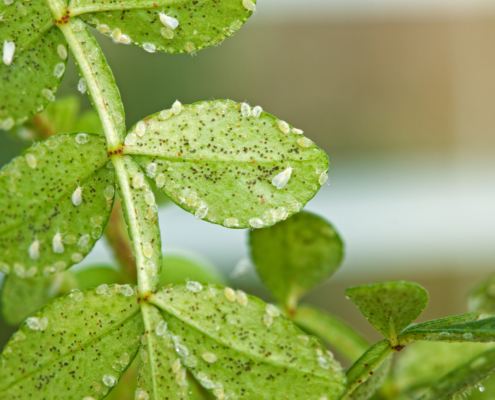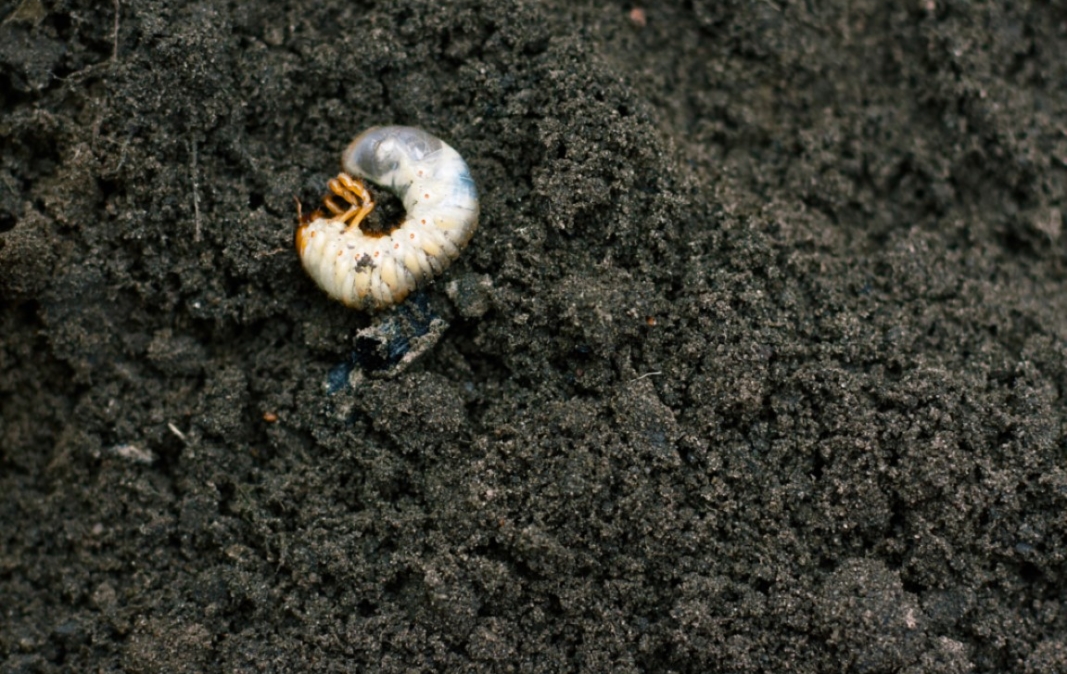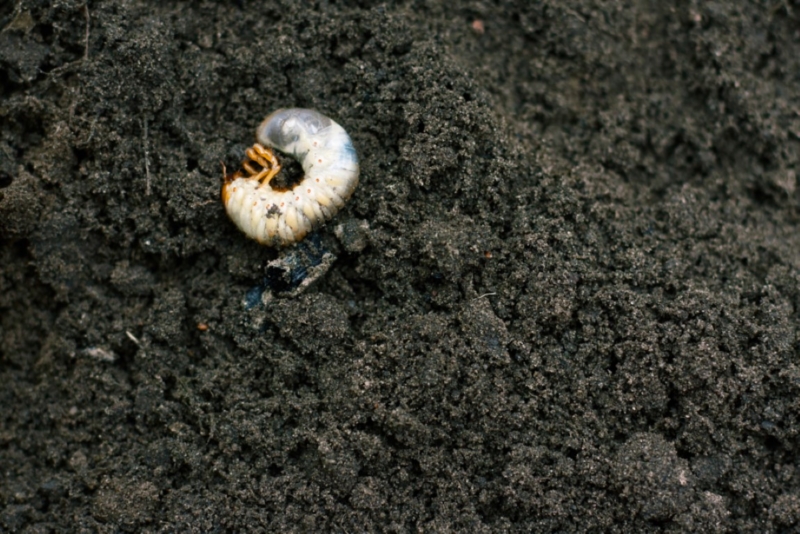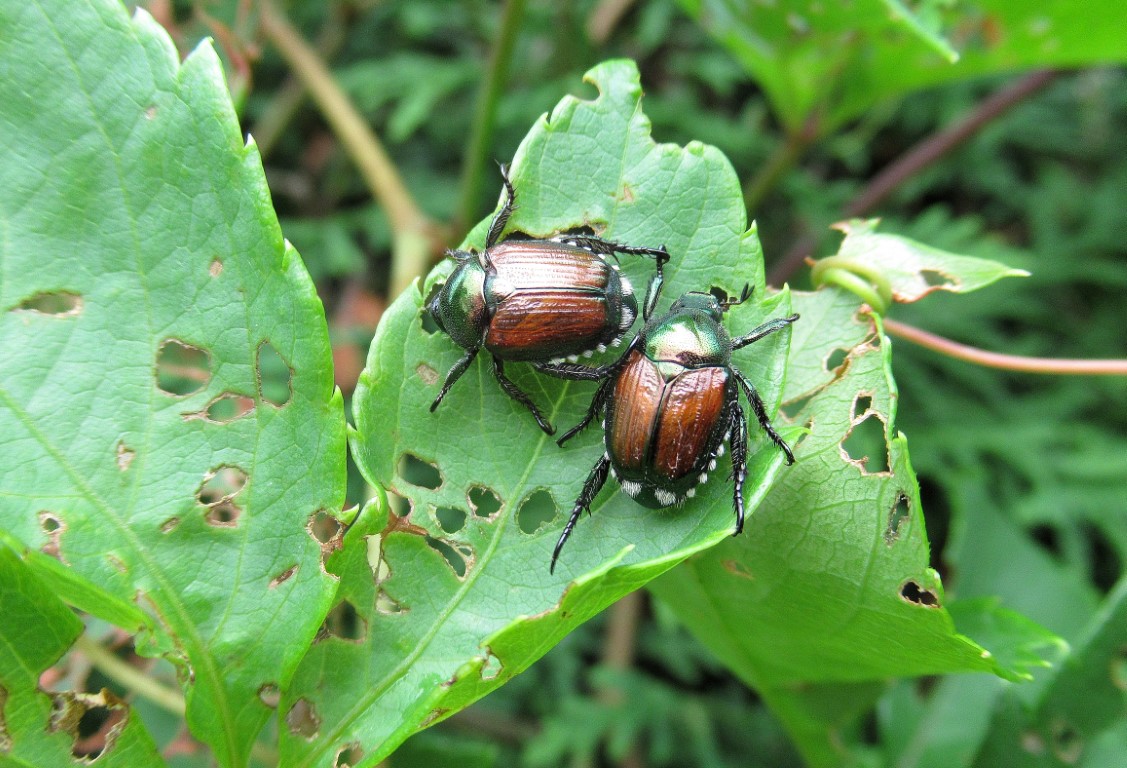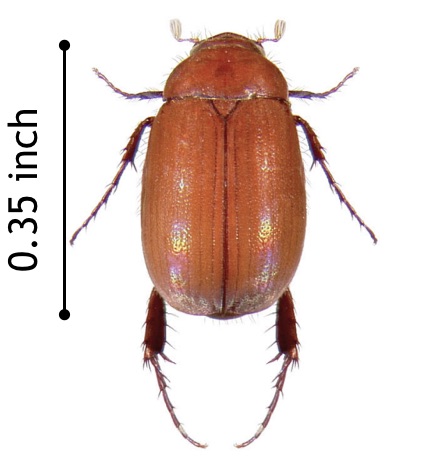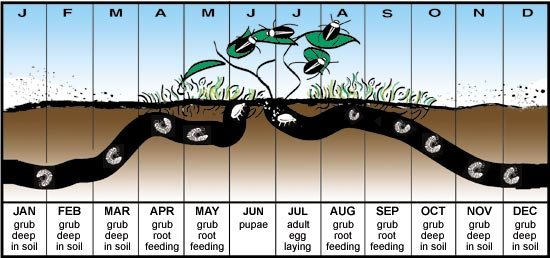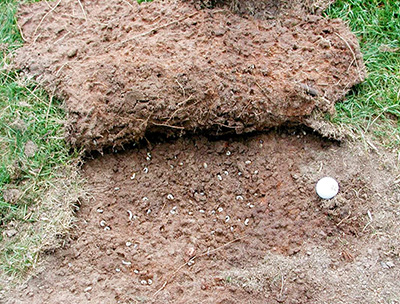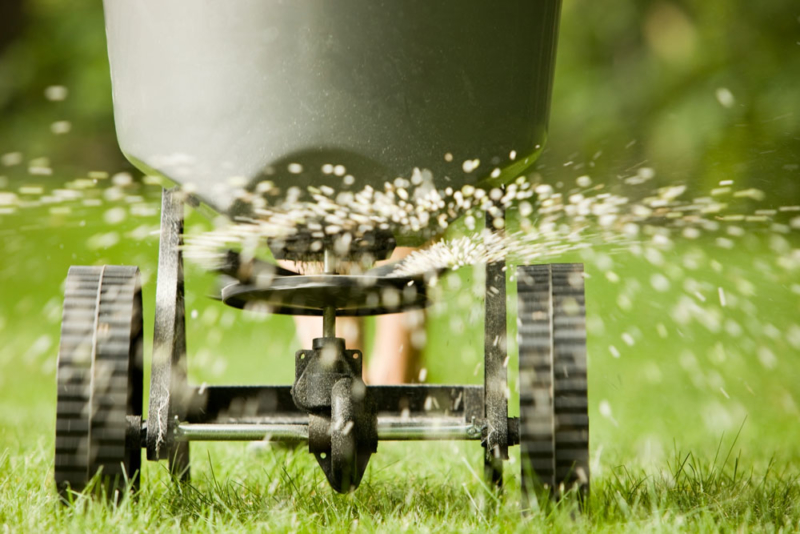Solutions to Common Winter Houseplant Issues
The natural beauty of houseplants can really boost our moods and take the bitterness out of a cold winter. Creating an oasis with flowering or bright foliage plants can really chase away the winter blues. But the dry, heated indoor air and limited natural light at this time of year can create a difficult environment for our foliaged and flowering friends. With a little extra knowledge, you can keep your plants healthy throughout the season and resolve many of the issues that houseplants commonly experience.
Too Much or Too Little Water
Seasonal changes in plant activity and the environment in which they are placed can impact the amount of water that your plant needs during the winter months. If your plant is yellowing or wilting, it is trying to tell you that it is under stress. Most often, the main cause of stress in houseplants has to do with watering too much or watering too little.
Plant roots need oxygen to live and grow. If the soil remains saturated for an extended time, the roots will drown and lead to the loss of the plant. Make sure that the container you’re using has drainage holes and that nothing is obstructing the holes. This will allow excess water to drain out of the container.
The best way to check whether your plant is too wet or too dry is to feel the soil. On smaller plants, you can use a pencil, chopstick or your fingers. On larger plants, you can use a moisture meter. Plants have different preferences when it comes to their soil moisture, but most often, you will want to wait until the soil feels slightly dry before watering again. When you do water, water thoroughly until the it’s draining from the hole of your pot.
In general:
- Winter-flowering plants typically need more water. Some plants, like zygocactus and Christmas cactus, need more water during the winter when they go through their flowering stage.
- Plants that are not blooming during the winter use less water. However, you will need to check the soil as the environmental conditions in your home will have a large impact on the amount of water your plants need.
Leggy Plants
Leggy plants are easy to recognize as they have a stretched out and spindly look. Often, the stems and shoots will flop over since this type of growth is not structurally sustainable. Fortunately, you can easily make some adjustments to prevent leggy plant growth.
Too little light: A plant that is happy in a sunny spot during the summer may struggle to get enough light in the same spot during the winter months depending on the changing angle and duration of light. Give your plant more light by moving it to a brighter location or supplementing the natural light with a light bulb designed for plants.
Too much nitrogen: Plants that are fertilized too often will develop leggy growth as a reaction to the overabundance of nitrogen. Many plants are less active in the winter months and need to be fertilized less. If you see leggy growth out of a plant that is regularly fed,try dialing back the frequency and amount of fertilizer the plant receives.
Repotting in a Container That’s Too Large
Oftentimes when plants are struggling our first instinct is to repot the plant to give it more space. However, in the winter this may not be the best solution. Many houseplants actually like to have roots that are a little snug in their pots and only need to be sized up every couple years. The best time to repot is in the early spring when sunlight is increasing, but even then you should only increase the size of the planter by 10 to 20% at a time or you risk harming the plant.
Pests
Pests can be an issue particularly for houseplants that spend time outdoors during the summer months. The pests that are controlled by natural predators and the environment outdoors can get out of control when brought inside for the winter. To prevent pests before they start, spray plants that go outdoors for the summer before they come back inside with a neem oil or insecticidal soap. You can gather all of your plants that are coming inside in a group, then spray them with a hose end horticultural oil. Focus on the interior of the plant and the undersides of the leaves, then allow them to dry for an hour before bringing them inside.
Keep an eye on your plants during the winter and know how to identify honeydew and other early signs of pests to help eliminate potential problems before they get out of hand.
Mealybug and Scale
To the untrained eye these insects may appear to be fungus, lumps, disease, or some unknown substance. Mealybugs and scales are small, sometimes microscopic, insects that make a home for themselves out of waxy or cottony structures for protection while they feed on your plant.
Catch mealybugs and scale early by checking your plants regularly for “honeydew,” a sticky liquid that may appear before the insects are visible. This is a sure sign of an early infestation, and means you should begin spraying your plants with mineral oils or insecticides whenever there is an opportunity to do so. Spray plants outdoors on days when the weather is around 50 degrees or warmer, or in a ventilated area inside that is free of belongings that could be ruined by oil based sprays. If you do not have a convenient area to spray your plant, try a systemic insecticide, which can be applied directly to the soil or used to sanitize pots that held infected plants.
Spider Mites
Spider mites are almost entirely invisible to the naked eye, so their presence is usually identified by microscope. However, you can detect the presence of these pests by looking for leaf stippling, which makes the leaf look spotted and is caused by the repeated puncturing of the leaf when these pests feed on the plant. Spider mites will also make web-like structures underneath the leaf and inside the plant for protection against predators.
Insecticide soaps can be a gentle and useful way to control these unwanted critters. Horticultural oils are also very useful to eradicate both active adults and eggs, but need to be sprayed outdoors or in areas where they can’t stain valuable furniture or belongings. You will need to spray multiple times to eliminate both the eggs and the mites.
Gnats and Whiteflies
Whiteflies on foliage.
Some plant pests primarily create a nuisance in the home. Fungus gnat larvae, for example, thrive in damp soil mediums while the adults fly around our homes and annoy us to no end. To prevent fungus gnats, select high quality potting soils labeled for indoor use and place plants in containers with good drainage. If the problem is already out of control, try using sticky traps to eliminate adults while treating the soil with an insect control like Bt or Eight to deal with the larvae.
Whitefly adults and larvae pose a more serious issue as they feed on our plants. Sticky traps are also a great way to control whitefly adults and spray insecticides can be used to control the larval population, as with the fungal gnats. Insecticidal soaps and mineral oils are great control options for this purpose.
Visit Our Plant Clinic for Additional Assistance
If you have questions about your plants, we encourage you to bring them into the plant clinic. During the winter, bring them in on a mild day, or be sure to wrap them up and protect them from the cold weather in transit. You can also bring plant samples if you are unable to bring in the whole plant. If you’re bringing in photos, please bring an image of the entire plant and a close up of the areas of concern.


